What is causing these spots on the zinnias
Lynn in Parkton, Maryland
6 years ago
Featured Answer
Sort by:Oldest
Comments (28)
zen_man
6 years agoRelated Discussions
What causes zinnias to produce single flowers?
Comments (5)Yes. That's called 'stability' and some of the doubles aren't as stable as others. I see this a lot in other seed grown double flowers and sometimes in zinnia as well. If you compare a vegetatively propagated double impatiens with a seed grown one, you'll find it's often more double. Ditto the older double petunias, so much so it's more accurate to call some of them semi-doubles. IOW the gene for doubling can be highly, moderately or lightly expressed. It's been a long time since I read it, but I am sure I read something about temperature and doubling in seed petunias. That helps a lot doesn't it? LOL. No Susan I can't explain why one variety went single and the other didn't. Could be the gene for multiple petals for one is more expressed than for the other, IOW breeding. I know I planted Benary Giant Purple zinnia this year, as well as the Dreamland series, both Z. elegans and both doubles. The Dreamland series were reliably double, and the Giants had both single, double and multiple bloom layers. Same culture, same location. So, you may try them again next year, and plant some in pots and some in ground to see if it made a difference. It may be both the culture and the breeding interplay. The Benary giants I left sitting in the greenhouses and never got planted, as they stressed out.......the blooms became less full and fluffy, some being singles. I am not complaining...........they're magnificent zinnias and I'll plant them again! Strongest stems and excellent for cuts and the shade of purple is astounding. see the variance in doubling? But aren't they grand? BTW zinnias in pots are heavy feeders....See MoreWhat are causing these black spots on my succulents?
Comments (7)I think long term, your plants will be fine. I would, however, keep an eye on them. They are in a stressed state right now and may be more susceptible to pests. If they are in full sun right now, maybe you can provide some relief from afternoon sun - like with a shade cloth or even an umbrella - until they recuperate. I don't know anything about the soil in California, so I hope someone will chime in and address that. I see a lot of beautiful succulents out your way, so it must not be too bad! My soil is sand, and not much else. And I also have a very rainy summer to contend with. So I amend the soil with a lot of grit and/or perlite. I hope you get more advice. Good luck!...See MoreAny idea what is causing these dark spots?
Comments (10)Be very careful adding Dawn into your washer. It will suds up like crazy and doesn't take much. ...usually if we pretreat with Dawn we than rinse it out in the sink. Lantro gave good advice because if it is grease that should work...unless it already went thru the dryer. Just wet a spot with cool water, rub some Dawn in, let sit awhile, rinse out, than rewash....See MoreWhat could cause this spot on a cactus?
Comments (2)Healed-over, I think damage of some kind. If your temps are warm, you should water more than that 2 to 3 times a month. As long as it doesn’t spread, I wouldn’t worry about it....See MoreLynn in Parkton, Maryland
6 years agoLynn in Parkton, Maryland
6 years agozen_man
6 years agozen_man
6 years agoLynn in Parkton, Maryland
6 years agoLynn in Parkton, Maryland
6 years agozen_man
6 years agolast modified: 6 years agoLynn in Parkton, Maryland
6 years agoLynn in Parkton, Maryland
6 years agoLynn in Parkton, Maryland
6 years agozen_man
6 years agoLynn in Parkton, Maryland
6 years agozen_man
6 years agolast modified: 6 years agoLynn in Parkton, Maryland
6 years agozen_man
6 years agoLynn in Parkton, Maryland
6 years agozen_man
6 years agoLynn in Parkton, Maryland
6 years agoLynn in Parkton, Maryland
6 years agozen_man
6 years agoPam
4 years agoPam
4 years agoCurious Girl
last yearzen_man
last yearlast modified: last yearCurious Girl
last year
Related Stories
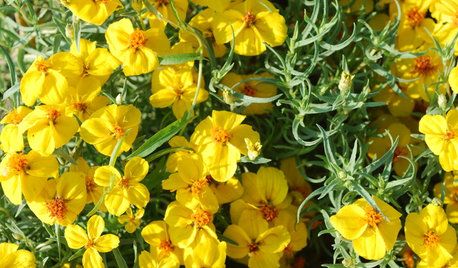
GARDENING GUIDESGreat Design Plant: Rocky Mountain Zinnia Brightens Hot, Dry Spots
Sunshiny flowers provide a showy drift of color in desert and prairie gardens — this native perennial is hardier than it looks
Full Story
HOUSEKEEPINGOut, Darn Spot! Tips for Removing Carpet Stains
Know the right solutions and when to use them to prevent stains from pets, soda, chocolate, blood and more
Full Story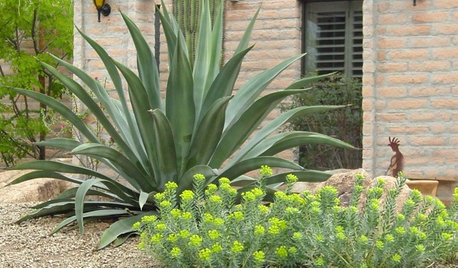
GARDENING GUIDESHow to Spot a Drought-Tolerant Plant
Label? Who needs a label? Learn the characteristics of plants that can thrive in hot, dry conditions to help you pick the right ones
Full Story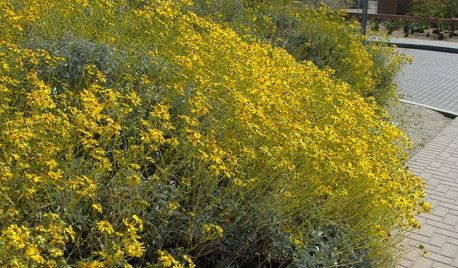
GARDENING GUIDESGreat Design Plant: Brittlebush Brightens Rocky, Dry Spots
Masses of cheerful golden flowers belie the tough nature of this highly drought-tolerant shrub
Full Story
GARDENING GUIDES6 Native Ground Covers for Tough, Dry Spots
Sun beating down on your sandy gravel? Thick shade darkening your clay soil? There’s a ground cover here for you
Full Story
GARDENING GUIDESHow to Fix Bare and Yellow Lawn Spots
Restore your turf’s good looks by reseeding unsightly patches
Full Story
HOUSEKEEPINGGet Those Carpet Stains Out: Best Nontoxic Methods for Spot Cleaning
Banish blotches the safe way with pantry staples, to get your rugs looking as clean as the day they came home
Full Story
KITCHEN DESIGNHot-Drink Stations Hit the Spot
Beverage bars brimming with cocoa, tea, coffee and all the accoutrements make winter entertaining a delight
Full Story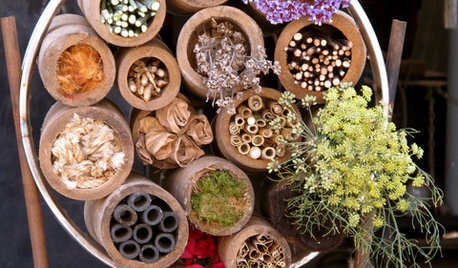
URBAN GARDENSGardeners Champion Nature's Cause in the City
Garden advocates and artists in San Francisco have joined forces to find creative ways to bring nature back into the urban landscape
Full StorySponsored
Custom Craftsmanship & Construction Solutions in Franklin County



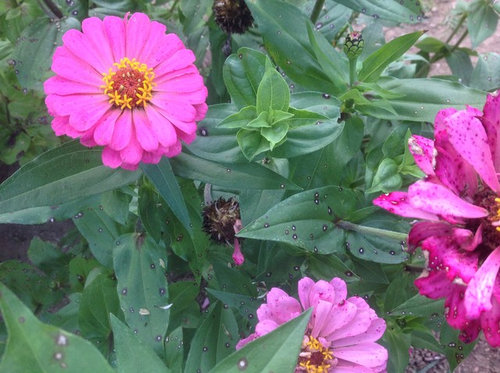


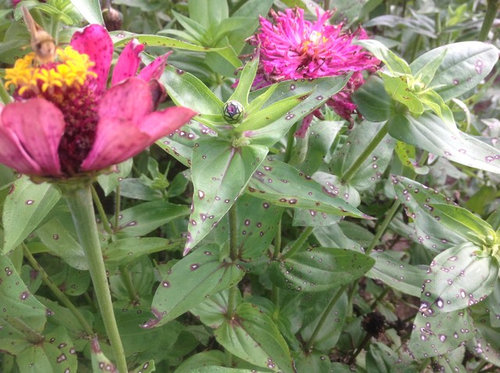
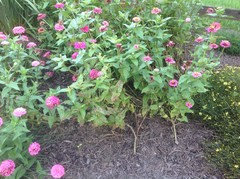
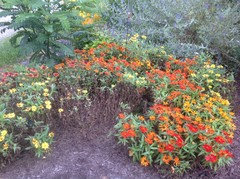
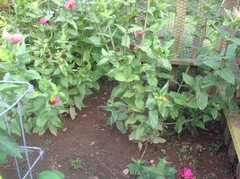
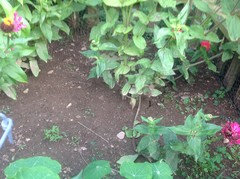


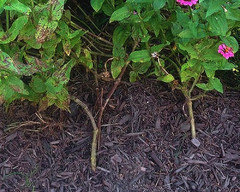


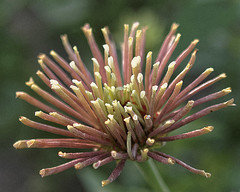

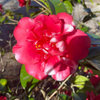
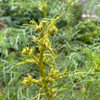
junco East Georgia zone 8a